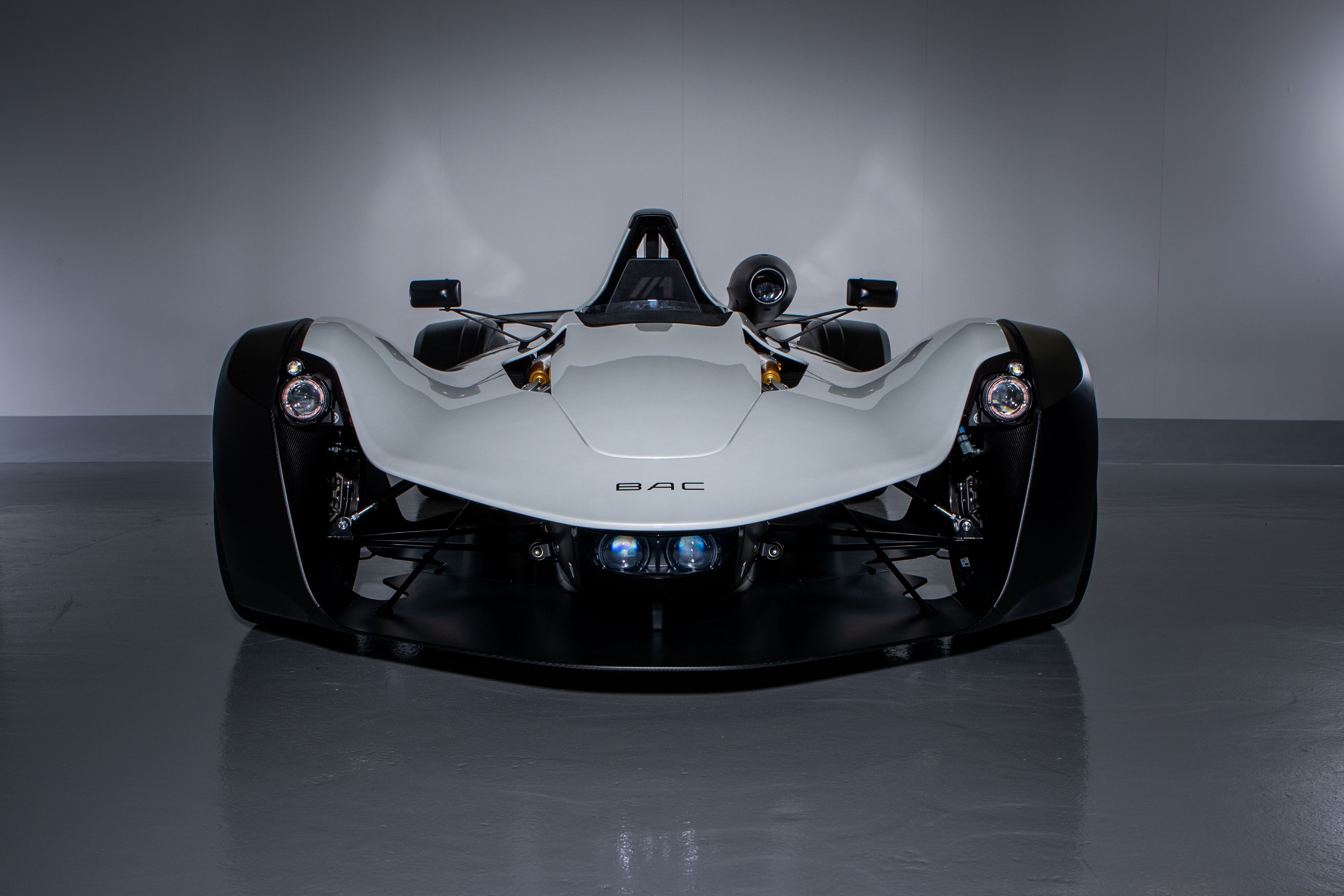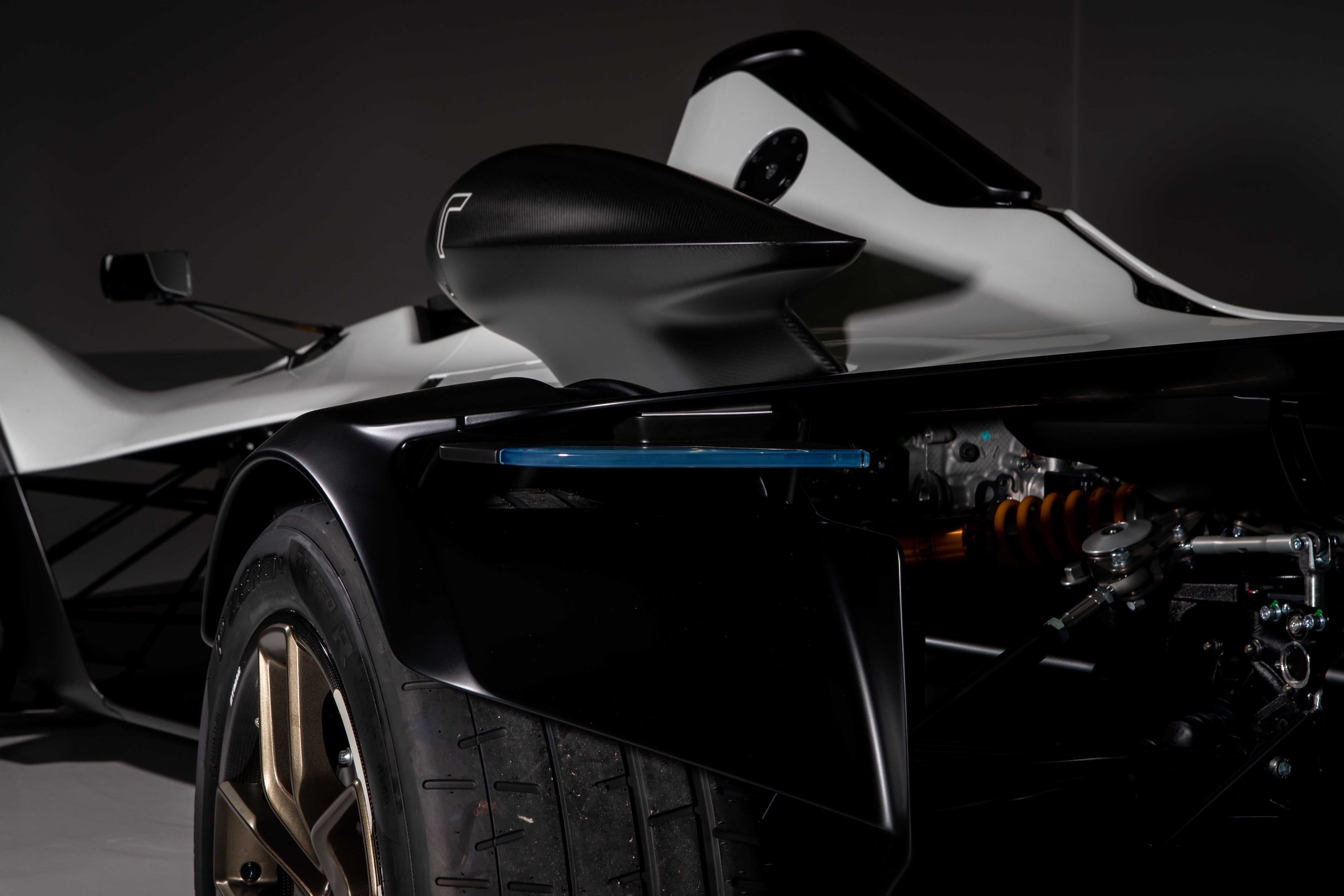It’s been a while since we last heard from Briggs Automotive Company, or as it’s more popularly known in automotive circles, BAC. Eight years after launching the mental Mono road-legal sports car, BAC has kept a relatively low profile. Well, there’s no better time than the present to step out of the shadows and return to the auto scene with a bang. That’s exactly what BAC did with the unveiling of the long-awaited, somewhat already forgotten follow-up to the Mono. It’s called the BAC Mono R, and it’s here to take your soul. The Mono R is lighter, faster, and more potent than the Mono, which is pretty much all you need to know about the car before you dive deep into how it was created. It’s also limited to just 30 units, and worse, all 30 units are already accounted for. Even before we get to know the BAC Mono R, we’re effectively shut out of a chance to see it. Such is life, I suppose. The good news is that if you’re at the Goodwood Festival of Speed, you have an opportunity to check out the BAC Mono R. As for the rest of us? These photos are all that we’re going to get of BAC’s newest four-wheeled ride of insanity.
The 2020 BAC Mono R Is a Mean Machine
The Briggs Automotive Company, or “BAC,” for short, was created in 2009. Two years after its start, the performance car manufacturer unveiled the Mono, a single-seater, road-legal sports car that looked more like a track-spec conqueror. The Mono shot to acclaim, appearing in a slew of video games and earning numerous awards along the way. I’m not sure “Stig’s Car of the Year 2011” qualifies as an actual award, but at least the Mono also won GQ’s “Track Day Car of the Year 2012.” That award sounds more prestigious.
This, ladies and gentlemen, is the BAC Mono R. Technically, it’s the successor to the BAC Mono. But with the eight-year gap between the launch of the two models, the Mono R might as well be its own model. One thing you’ll notice from the jump is how different the BAC Mono R looks. It has a much sharper nose than its predecessor, and it feels like it’s more fully built than the Mono. It also helps that the eight-year gap between the Mono and the Mono R came with some important advancements for BAC, none more important than the automaker’s partnership with Haydale and Pentaxia through the Niche Vehicle Network that gave birth to the implementation of graphene-enhanced carbon fiber in every body panel of the Mono R. Not only is this significant to the car itself — the Mono R is 25 kilos (55 pounds) lighter than the Mono — but, more importantly, it gives the Mono R the distinction as the first production road car to feature graphene-enhanced carbon fiber in its body panels.
The Mono R’s technological innovations don’t end there.
Then there’s the main event.
BAC Mono R specifications
|
Engine |
2.5-litre, four-cylinder |
|---|---|
|
Horsepower |
340 HP |
|
Top Speed |
170mph |
|
0-60mph |
2.5 seconds |
|
Weight |
555kg |
|
Power-to-Weight ratio |
612bhp-per-tonne |
|
Price |
from £190,950 |
The numbers bear fruit in ways no road-legal, naturally aspirated performance car has ever achieved before. Consider this: the Mono R’s 340-horsepower combines with the car’s weight of only 555 kilos (1,223) pounds to create a power-to-weight ratio of 612 horsepower per ton. Just as important, the Mono R’s 2.5-liter four-cylinder engine produces 136 horsepower per liter. Care to venture a guess how many cars can return that same number? Give yourselves a pat on the back if your answer is zero.
Give BAC credit, too, for covering all of its bases. With the tech advancements attached to the Mono R’s body and the extensive work that was put into developing the new four-cylinder engine, BAC didn’t turn a blind eye on the car’s suspension.
It goes without saying that the BAC Mono R isn’t for everyone. The Mono was a handful in it of itself; imagine one that’s lighter and more powerful. Those who can handle the BAC Mono should have more fun behind the wheel of the Mono R, at least if you're able to get your hands on one. Only 30 units will be made, and, well, all 30 units are already accounted for. Tough luck, right?
Don’t feel too bad, though. Even if you were interested in buying one, the BAC Mono R’s price tag is going to make even the deep-pocketed folks squirm in their seats. The successor to the BAC Mono comes with a price tag of £190,950. That converts to just under $240,000, or about the price of a brand-new Ferrari 488 GTB.
Further reading
Read our full review on the 2016 BAC Mono.







